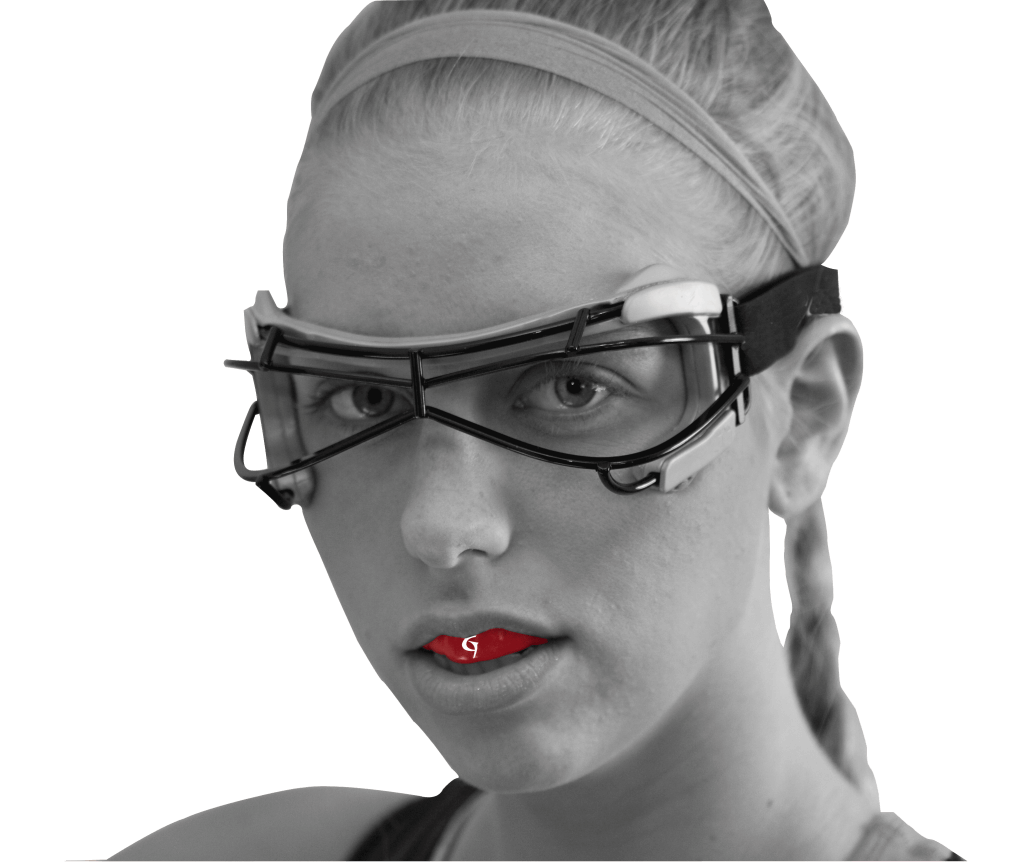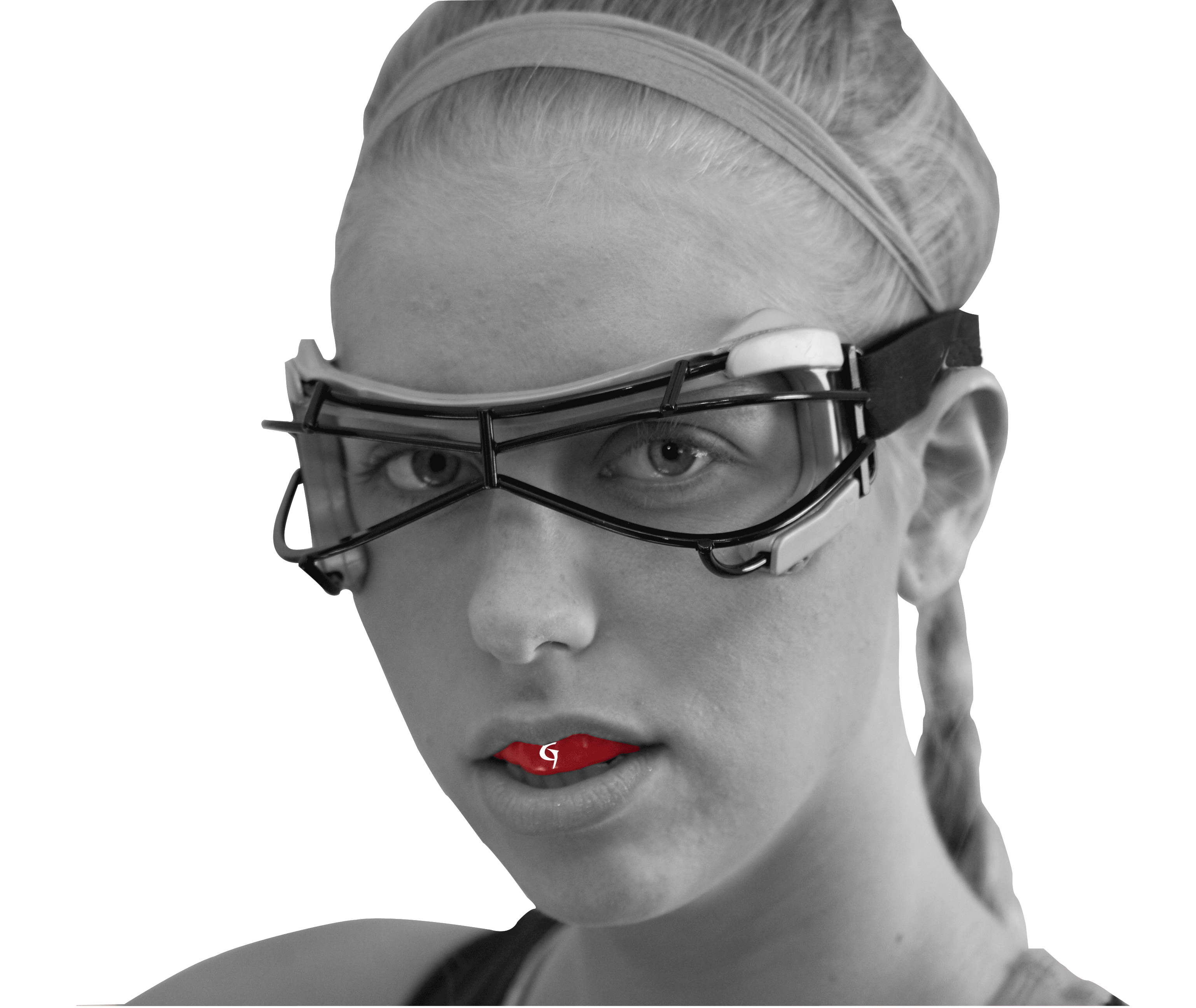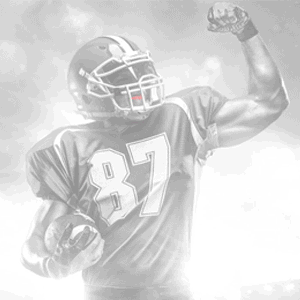Athletic Equipment: Make Compliance A Non-issue

 Mouthguards are simple: they protect your players from injury. What isn’t so simple: making sure your athletes wear their mouthguards, and wear them properly.
Mouthguards are simple: they protect your players from injury. What isn’t so simple: making sure your athletes wear their mouthguards, and wear them properly.
In nearly every sports league across the United States — from pee wee football to high school lacrosse — mouthguards are becoming a mandatory piece of athletic equipment; yet many athletes at all levels don’t like wearing them and some choose to forgo a mouthguard entirely. That’s a foolish and potentially dangerous choice.
So how do you make sure your athletes’ mouthguards are comfortable and compliant? By getting them mouthguards they want to wear. And that’s not as hard as you may think.
1. Clear the free way space
One of the biggest complaints athletes have about mouthguards is that they are uncomfortable, making it difficult to breathe and speak. That’s because most generically-made mouthguards have unnecessary material in the free way space — the area behind the back of your upper front teeth, on the inside of your upper molars and on the roof of your mouth. This is where thick, protective material is unnecessary and impedes breathing and speaking.
Press your thumb to the back of your upper front teeth and try to speak. As you’ll notice, your speech turns into a muffled lisp. Likewise, your gag reflex is located in the soft palate — the roof of your mouth, behind your second molar. Is it uncomfortable when something is pressed up against that area?
Your players need a mouthguard that keeps these areas clear or has as little material as possible to allow for clearer speech and breathing. That makes their mouthguards significantly more comfortable and much easier to wear.
2. Apply some personality
Another complaint athletes have about their mouthguards is that they don’t feel connected to them. Think about it: how could you feel a connection to an orange chunk of rubber that looks like a dog’s chew toy? But a jersey, with their name and number — your players aren’t complaining about wearing that!
Nothing is more valuable to your athletes than a piece of personalized equipment with their name, number, team logo and colors. With a completely personalized mouthguard, your players don’t just get a performance-enhancing piece of equipment, but a piece of team gear they’ll value as much as their jersey or lucky undershirt.
And when they’re at their locker preparing for game time, after they pull their jersey over their pads and apply eye black, the last piece of equipment they’ll put on is their custom mouthguard, completing their game face.
3. Teach the importance
In general, when someone doesn’t understand exactly why something is required of them, they tend to not follow through. So, while athletes know the rules require them to wear a mouthguard, they may not fully understand why.
Simply put, mouthguards protect from costly injuries, as oral injuries typically require a lifetime of maintenance and care. Unlike broken bones, teeth don’t heal on their own, and that means expensive and painful treatments. And mouthguards also protect the jaw from dislocations and fractures.
That’s why both the American Dental Association and the Academy of Sports Dentistry recommend a professionally-made, properly-fitted custom mouthguard for all contact and collision sports.
However, no matter what type of mouthguard your players wear, the most important thing is that they actually wear them.
While athletes may not love to wear their mouthguards now, there are simple steps for you to get your athletes something they will want to wear.






